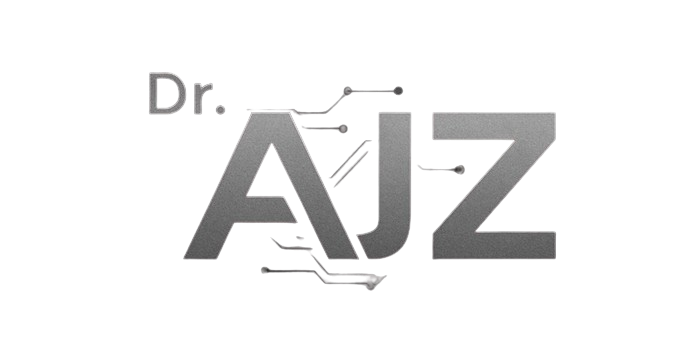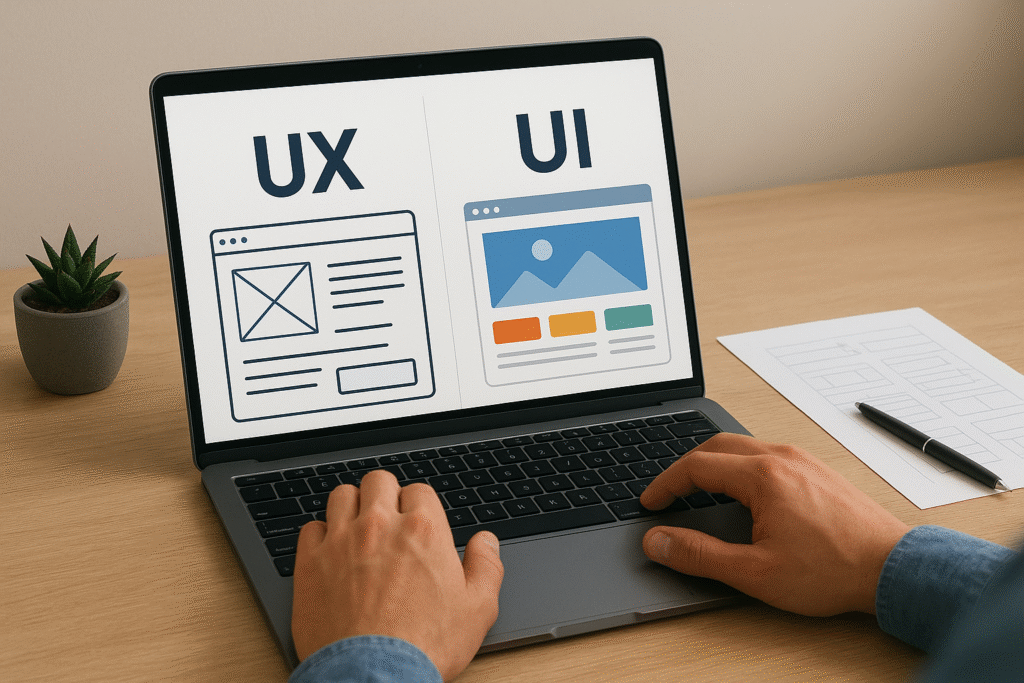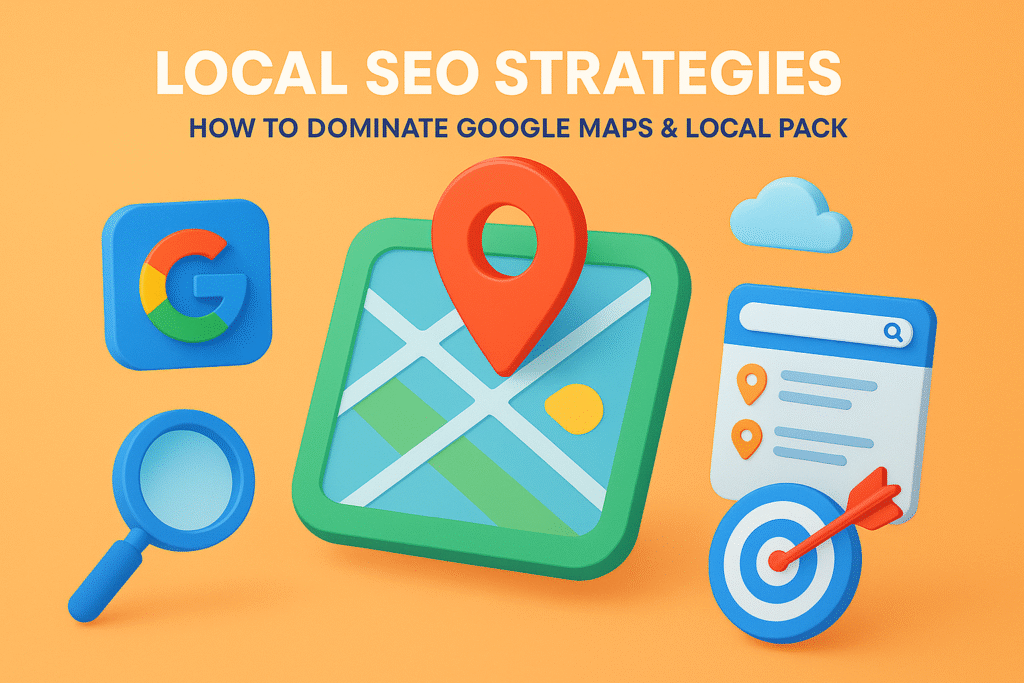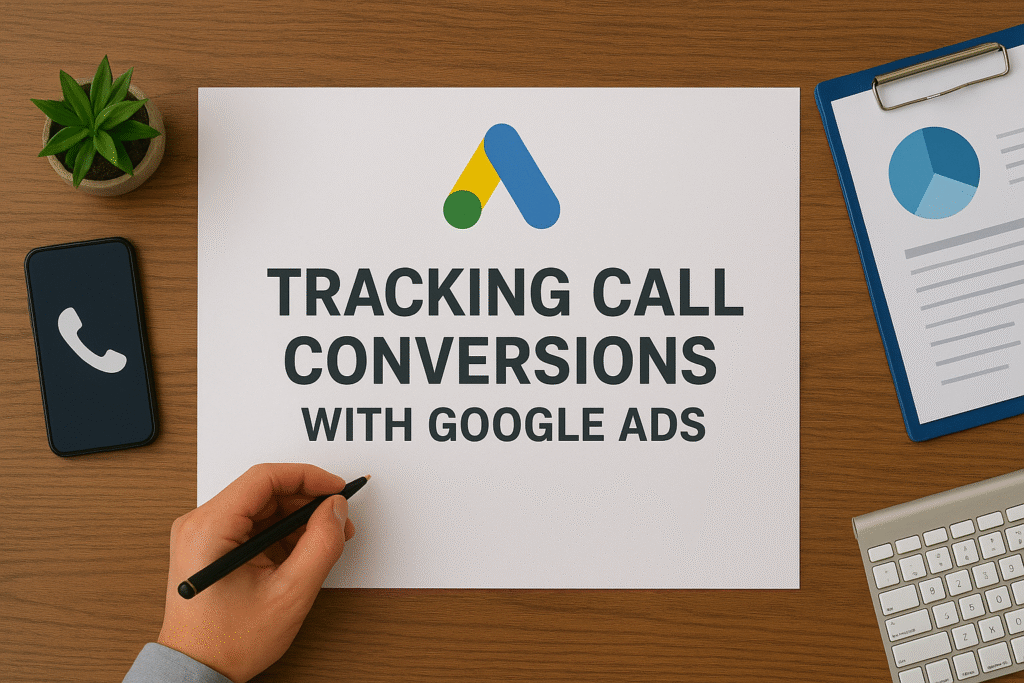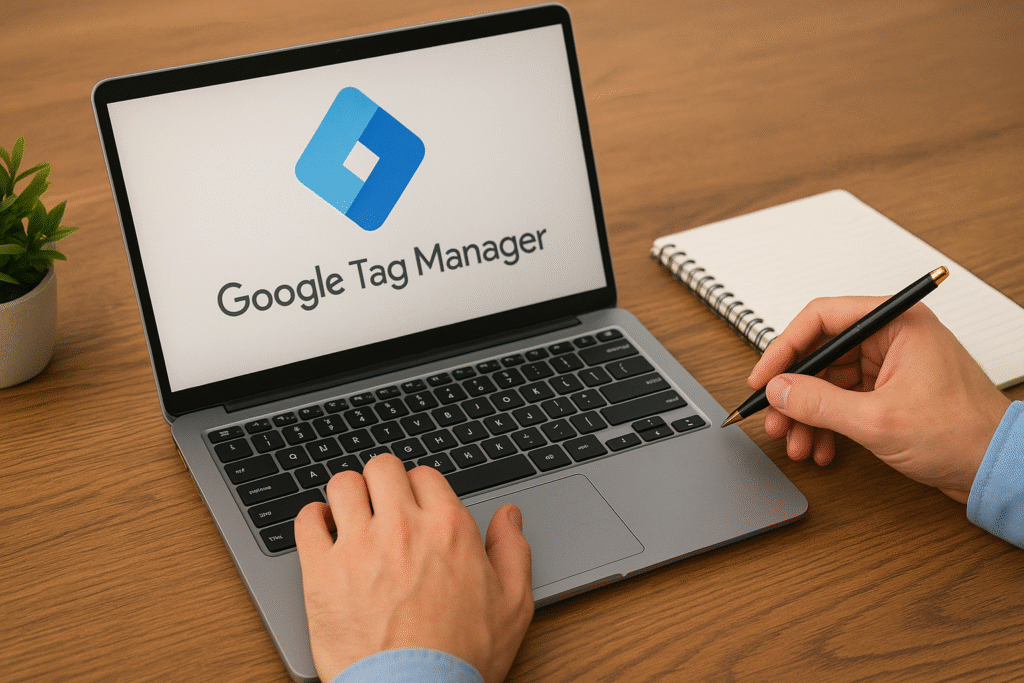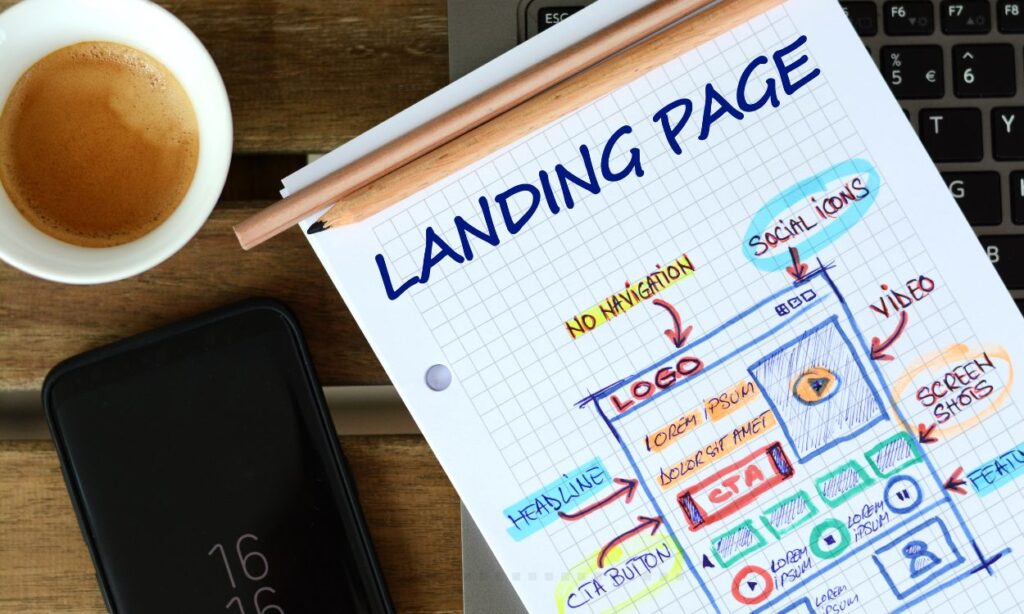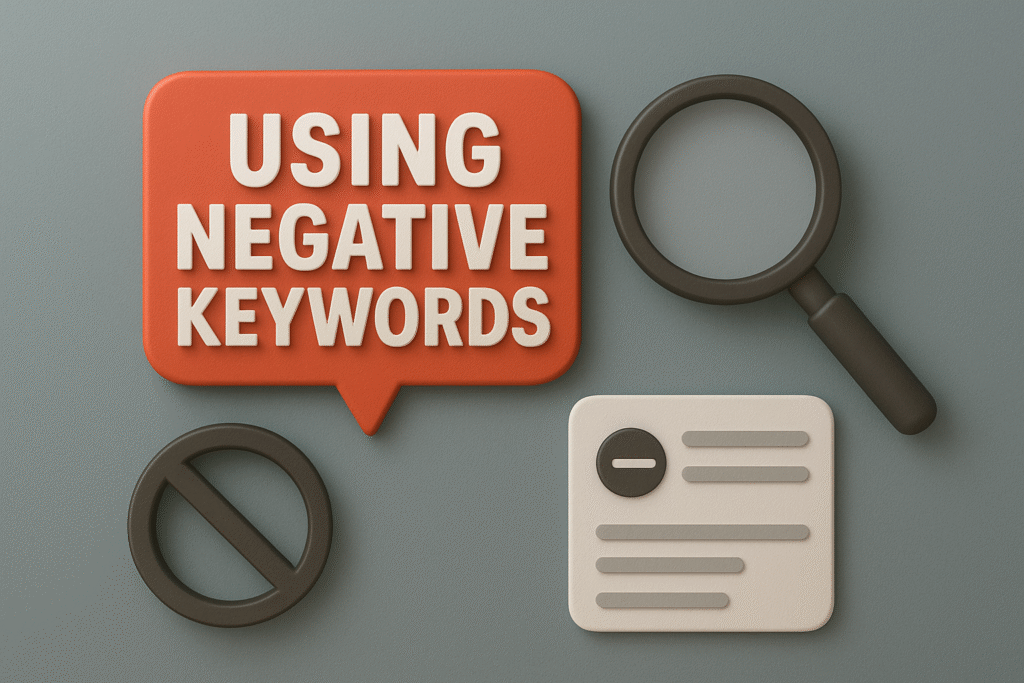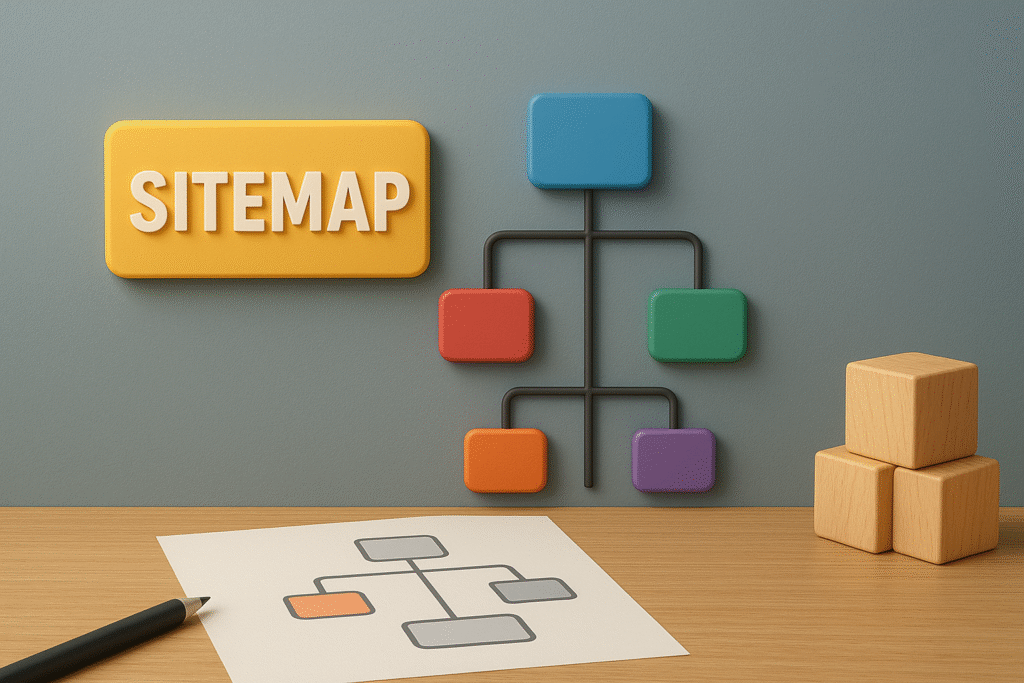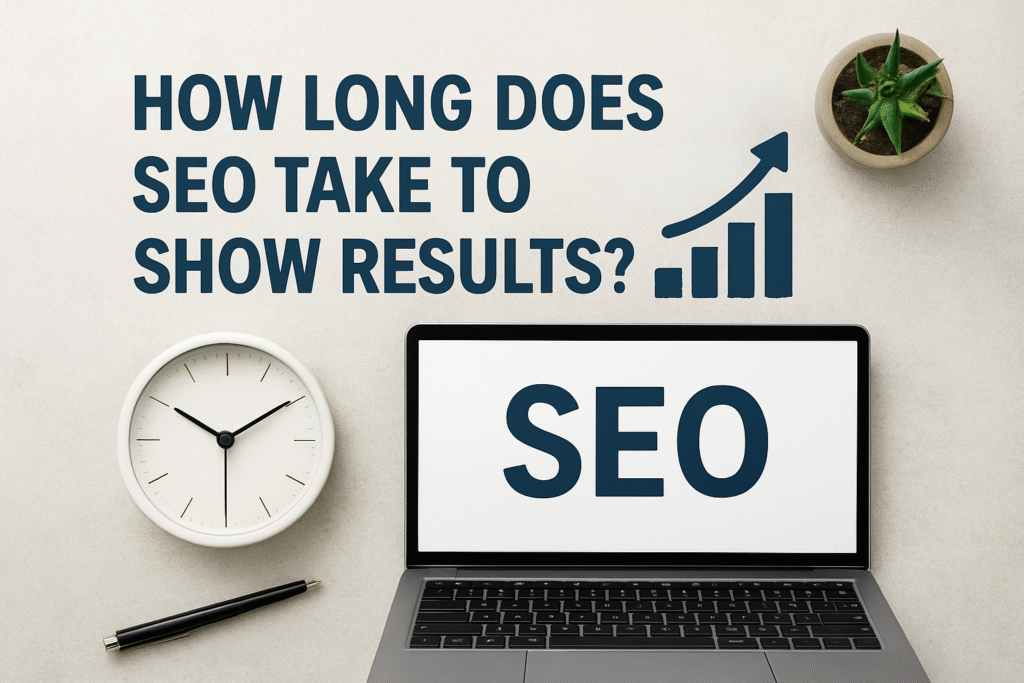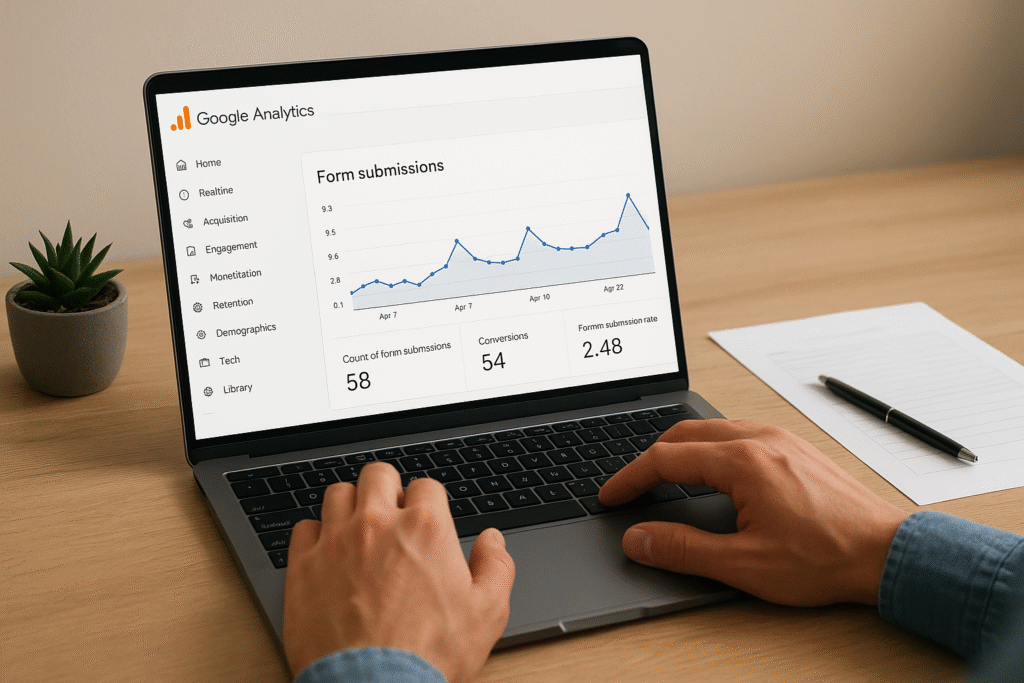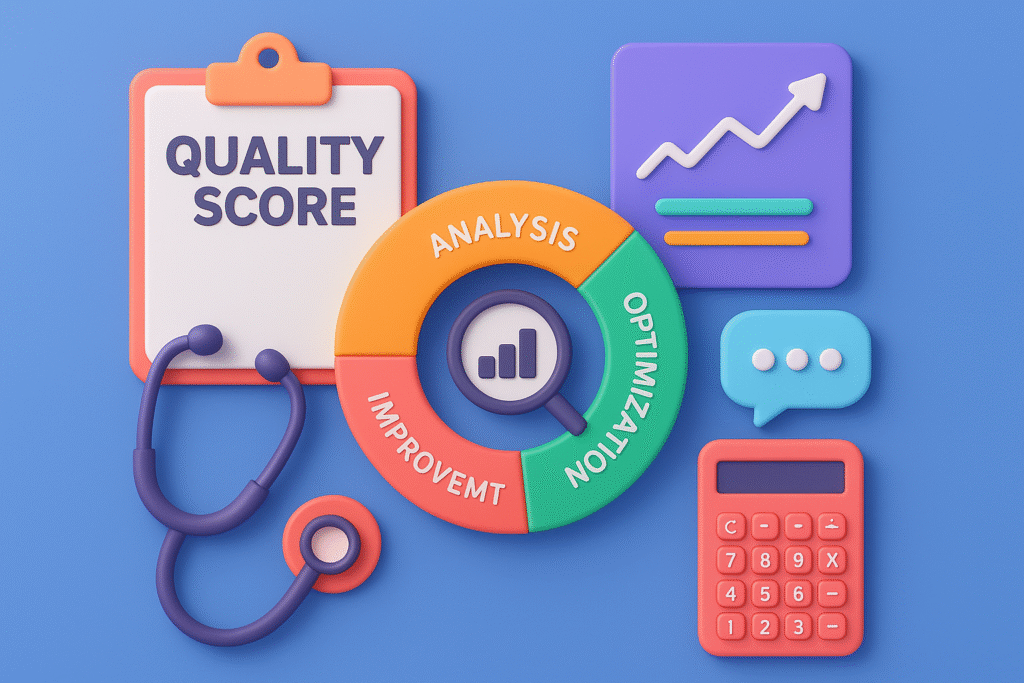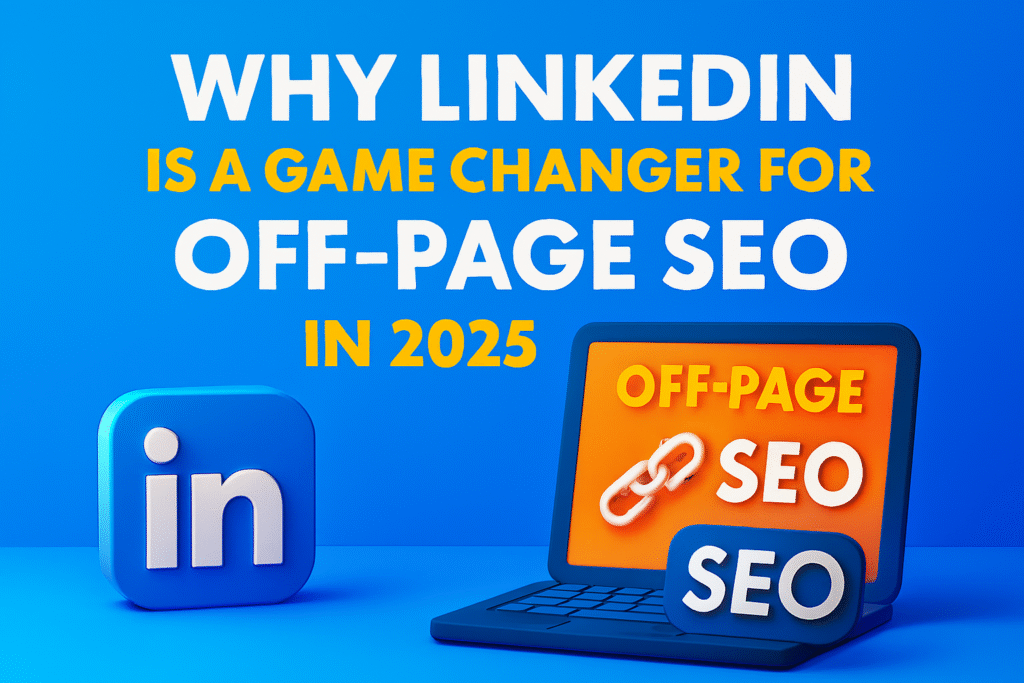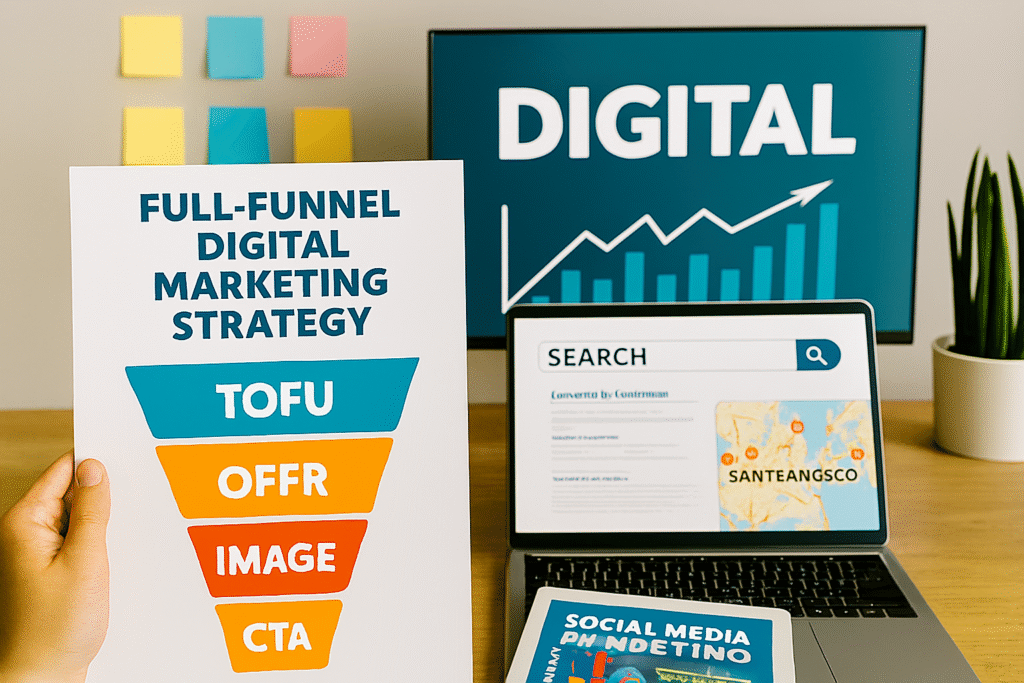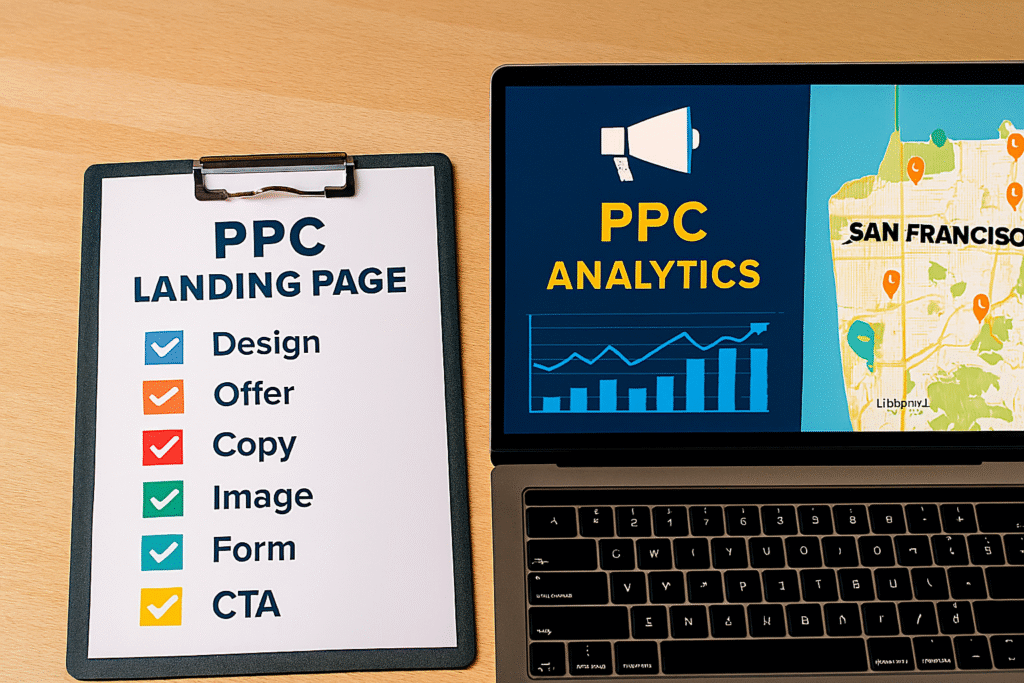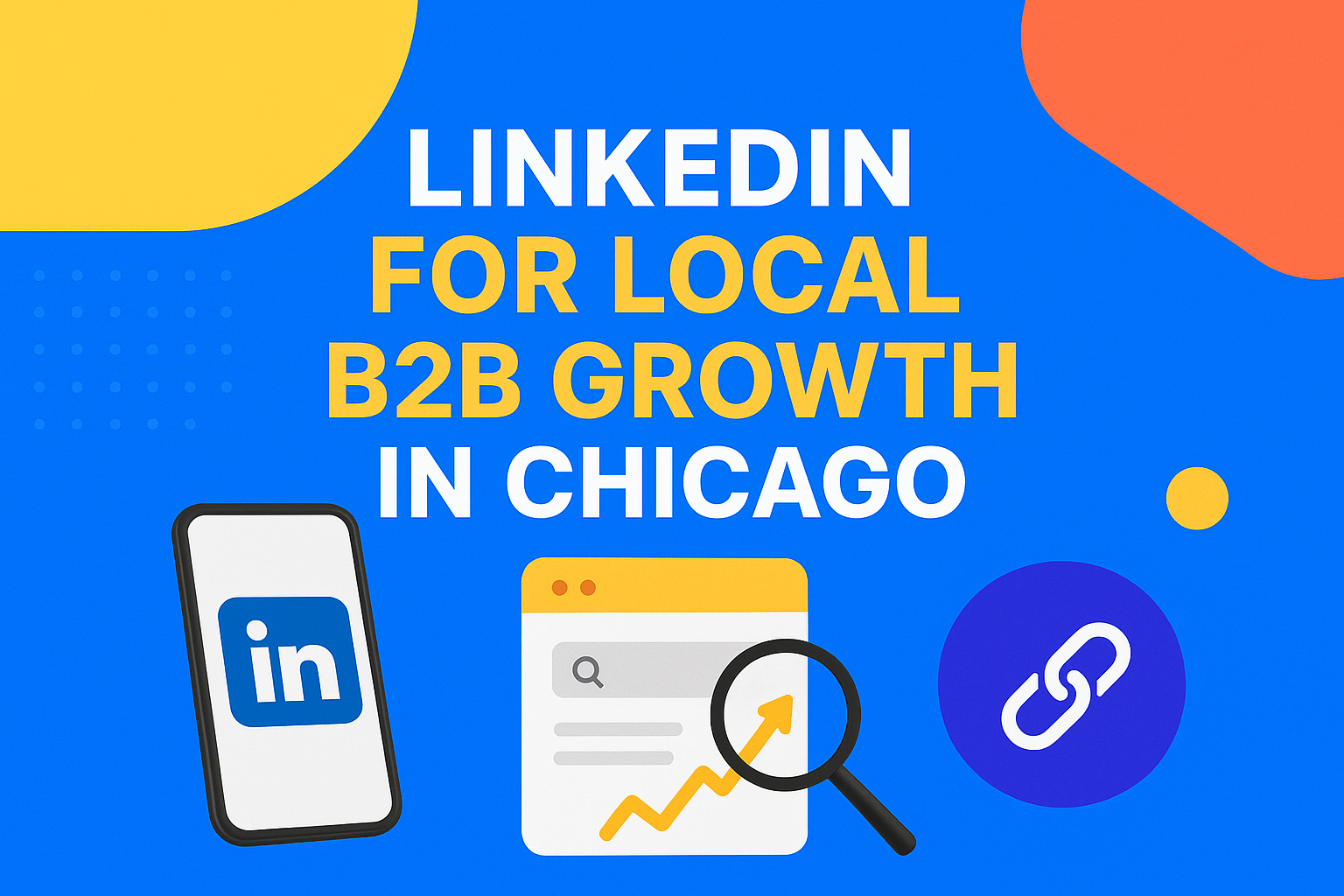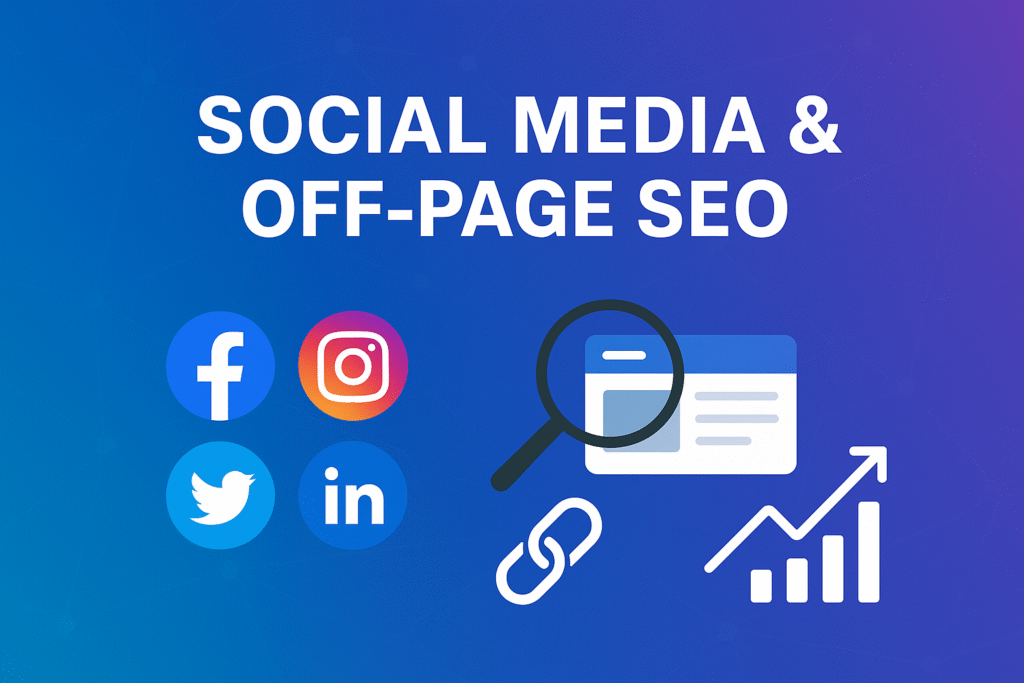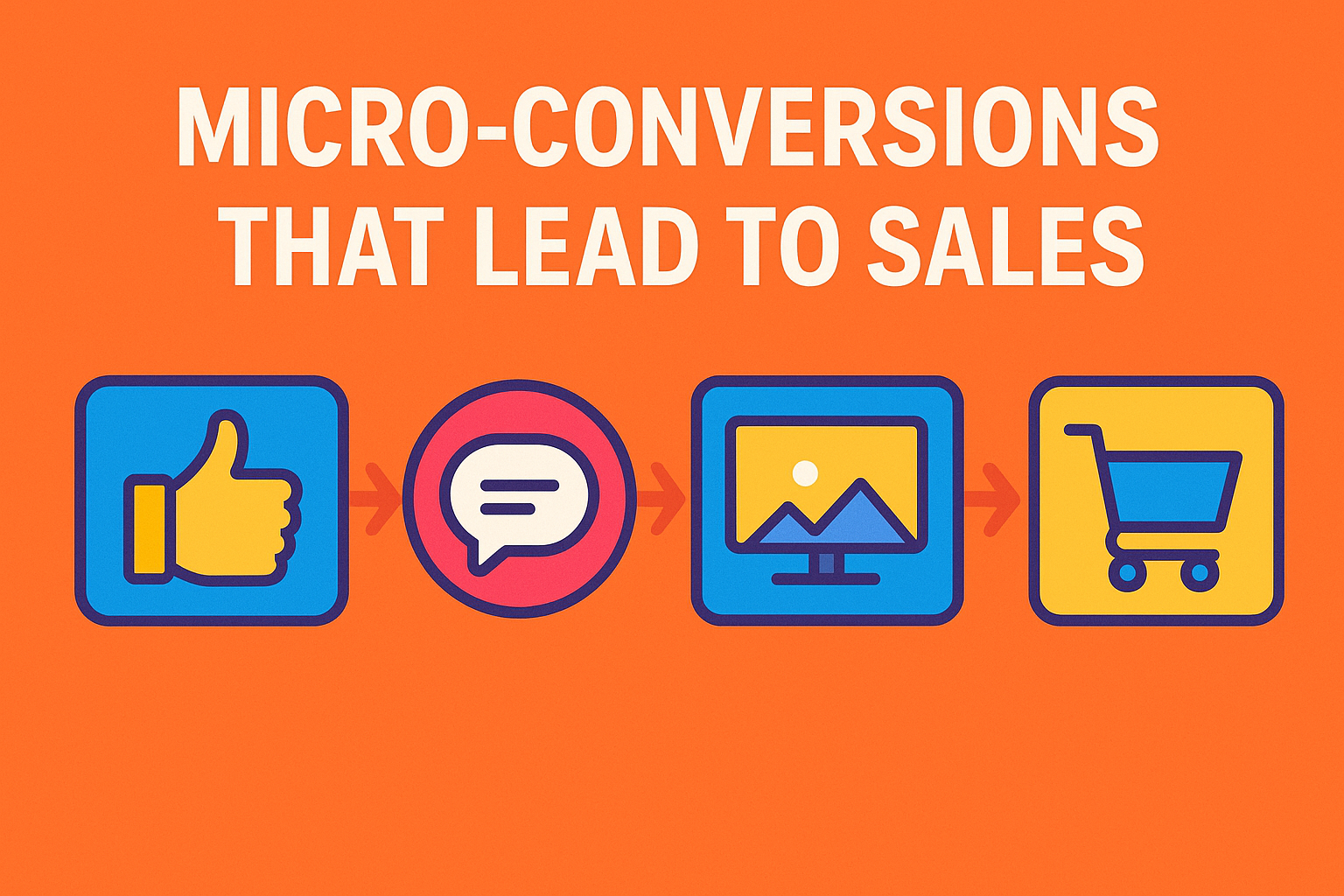Quick Summary: What This Blog Covers
This blog breaks down the differences between UX (User Experience) and UI (User Interface) in modern web design. It explains how UX focuses on usability, functionality, and flow, while UI emphasizes visuals, interactivity, and branding. Through examples, stats, and case studies, it shows how combining UX and UI drives conversions, improves SEO, and creates engaging websites. The article also highlights common mistakes, best practices, and the future of web design with AI, personalization, and accessibility-first approaches.
Introduction
When it comes to building websites in 2025, the terms UX and UI are often thrown around interchangeably. Clients ask for “better UI” when they really mean user experience, while designers sometimes emphasize UX but neglect the visual interface. To succeed in today’s digital world, you must be clear on UX vs. UI: understanding the differences in modern web design. Without this clarity, businesses risk creating websites that look good but fail to engage users — or function well but fail to convert.
“Stat: 88% of online consumers are less likely to return to a website after a poor user experience.”
Source: InVision
This is why distinguishing between UX and UI isn’t just design theory; it’s about delivering measurable business results.
Defining UX: User Experience Design
User experience (UX) is all about how a person feels when interacting with a website or application. It covers usability, functionality, accessibility, and the emotional response of the user.
Key elements of UX include:
- Information architecture (how content is structured)
- User flows and navigation design
- Accessibility compliance
- Site performance and responsiveness
- Emotional engagement with content
“Pro Tip: Good UX design reduces bounce rates by up to 30%.”
Source: Nielsen Norman Group
Platforms like Hotjar and Crazy Egg help analyze user behavior, giving designers data to improve UX.
Defining UI: User Interface Design
User interface (UI) focuses on the look, feel, and interactive elements of a digital product. It is the layer that users see and interact with visually.
Core components of UI design:
- Layouts and grids
- Typography and color schemes
- Buttons, icons, and visual elements
- Microinteractions and animations
- Consistent design systems
Tools like Figma and Adobe XD are the industry standards for creating modern UI designs.
UX vs. UI: How They Differ
The easiest way to compare UX and UI is to think of them as different but complementary disciplines.
- UX = Experience: The structure, logic, and flow of the product
- UI = Interface: The visuals and interactive design users engage with
UX answers: “Is this product easy to use and does it solve the user’s problem?”
UI answers: “Is this product attractive and consistent with brand identity?”
“Stat: Websites with both strong UX and UI convert 200% better than those focusing on visuals alone.”
Source: Forrester
The Intersection of UX and UI in Modern Web Design
In modern web design, UX and UI are not separate silos. Instead, they intersect to create digital products that are functional, beautiful, and conversion-driven.
Example:
- A UX designer maps a smooth checkout flow for an e-commerce site.
- A UI designer ensures the “Buy Now” button is visually appealing, high-contrast, and easy to tap on mobile.
Without UX, the flow would be clunky. Without UI, the button might not draw attention. Together, they make sales happen.
UX in Action: Real-World Examples
- Amazon: Known for seamless UX, from one-click checkout to personalized recommendations.
- Airbnb: Focuses on user trust and clear navigation to simplify booking.
- Spotify: Uses intuitive flows and personalization for easy music discovery.
Each of these platforms demonstrates that UX is about making complex tasks feel effortless.
UI in Action: Real-World Examples
- Apple: Minimalist, elegant UI design across devices and apps.
- Duolingo: Playful visuals and gamification elements that make learning fun.
- Dropbox: Clean, simple UI for file storage and collaboration.
These examples show how strong UI design can enhance engagement and brand loyalty.
Why Businesses Confuse UX and UI
Many businesses confuse UX and UI because both influence how users interact with digital products. The main difference is scope:
- UI is about how things look
- UX is about how things work
This confusion often leads to websites that prioritize flashy visuals but ignore functionality, resulting in poor conversions.
UX and UI in the Context of SEO
Search engine optimization today relies heavily on both UX and UI. Google’s Core Web Vitals, for example, measure loading speed, interactivity, and visual stability — all UX and UI factors.
- Poor UX increases bounce rates, hurting rankings
- Strong UI improves engagement metrics like time on page
- Combined, they send signals to Google that your site is trustworthy and user-friendly
“Pro Tip: Google ranks websites higher when they demonstrate strong UX metrics such as fast load times and mobile responsiveness.”
Source: Google Developers
Best Practices for Balancing UX and UI
- Conduct user research before designing visuals
- Create wireframes (UX) before moving to mockups (UI)
- Test both usability and aesthetics with real users
- Ensure consistency in design systems and brand identity
- Focus on accessibility for all users
Tools like UsabilityHub allow A/B testing to refine both UX and UI elements.
Common Mistakes in UX vs. UI
- Treating UX as optional and focusing only on visuals
- Ignoring mobile-first design principles
- Designing without user research or testing
- Overloading pages with animations that hurt usability
- Separating UX and UI teams without collaboration
Future of UX and UI in Web Design
As AI and personalization tools evolve, the line between UX and UI will continue to blur. In 2025 and beyond, expect:
- Adaptive interfaces that adjust to user behavior
- AI-driven personalization for tailored experiences
- Voice and gesture interfaces becoming standard
- Accessibility-first design mandated by regulations
These shifts mean designers must master both disciplines to stay competitive.
Final Thoughts
When building modern websites, the debate isn’t UX vs. UI — it’s about understanding their differences and ensuring they work together. UX focuses on usability and functionality, while UI emphasizes visuals and interaction. Both are essential for websites that convert and deliver value.
By applying UX vs. UI: understanding the differences in modern web design, businesses can create digital experiences that attract users, keep them engaged, and drive long-term growth.
If you’d like expert help aligning UX and UI in your next web project, explore our Web Design Services.
Frequently Asked Questions (FAQs)
1. What is the main difference between UX and UI?
UX focuses on usability and functionality, while UI focuses on visual design and interactivity.
2. Which is more important, UX or UI?
Both are equally important. Good UX ensures usability, while good UI ensures engagement.
3. How does UX impact SEO?
Poor UX increases bounce rates, which negatively impacts rankings. Good UX improves dwell time and conversions.
4. What tools are best for UX and UI design?
Figma, Adobe XD, Hotjar, and UsabilityHub are commonly used.
5. How can I test UX and UI?
Through user testing, heatmaps, A/B tests, and analytics platforms.
6. What’s the future of UX and UI in web design?
Expect more AI-driven personalization, accessibility-first design, and adaptive interfaces.
